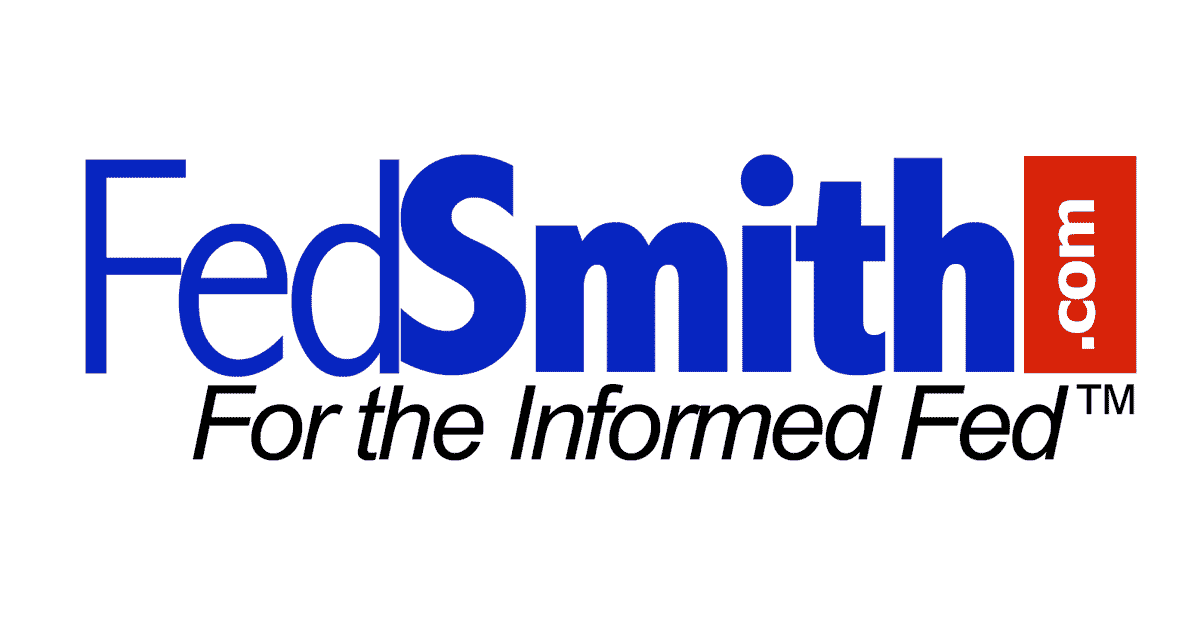 Changes to the federal government’s security clearance processes are on their way. Calling it the first major update in 50 years, the federal government currently is laying out the framework to overhaul the security clearance process.
Changes to the federal government’s security clearance processes are on their way. Calling it the first major update in 50 years, the federal government currently is laying out the framework to overhaul the security clearance process.
In an effort to improve the time it takes to obtain initial security clearances and make it easier for cleared employees to move among agencies, a new initiative called “Trusted Workforce 2.0” includes plans for reducing the number of levels in the security clearance process from five to three and aligning investigative criteria for security, suitability and credentialing requirements at each stage, according to the Office of the Director of National Intelligence (ODNI).
A year ago, the Suitability and Security Clearance Performance Accountability Council (PAC) began the process of creating the Trusted Workforce 2.0 framework, which is currently in the planning stages. The framework is “the start of a wide-ranging effort to overhaul how background investigations are conducted,” according to ODNI.
Representatives from the Intelligence Community, Defense Department, Office of Personnel Management, and Office of Management and Budget are leading PAC’s efforts. The legislative and executive branches are in apparent agreement regarding clearance changes along with members of the Defense Department, and all have been working to reduce the “crushing” backlog of security investigations, which topped out at 725,000 in early 2018, according to Nextgov. As of March 4, the backlog stood at 551,000, Nextgov reported.
What can federal cadre employees, contractors and service members expect to see regarding the overhauled security clearance process? According to Nextgov:
- More “nimble” policy making—The framework creates a high-level guidepost for clearance work while a forthcoming set of policy documents will have more “curated” guidance for individual agencies and organizations.
- Vetting tailored to mission needs—The framework breaks down five “vetting scenarios” to tailor the process to the need, including initial vetting for individuals who have not previously gone through the process; continuous vetting that will replace the five- and 10-year periodic reviews with ongoing, and often automated, determinations of a person’s security risk; upgrading a clearance to a higher risk level; re-establishing a clearance after a lapse in continuous vetting; and transferring clearances from one government agency to another.
- Aligned security, suitability and credentialing—Currently, these three areas are split between OPM, which investigates whether someone is suitable for public service and issues credentials, and ODNI, responsible for adjudicating whether a candidate for a security clearance is a national security risk.
- Reduced number of investigative tiers—The framework reduces the clearance levels from five—low-risk public trust, moderate-risk public trust, secret, high-risk public trust and top secret—to three, consolidating the first and second tiers and the third and fourth. The result is three levels of security clearance: public trust, secret and top secret.
- Expanded spectrum of investigative methods—Including using digital and other secure interview channels for lower-risk issues that don’t necessarily require in-person interviews.
- Trusted information provider program—The framework calls for establishing a program by which agencies and private sector organizations that conduct their own background investigation work share what they’ve collected. This includes restricted information and data, something such as running a credit report, but not actual security determinations.
Despite potential benefits for federal employees seeking clearances, there is some concern that the requirement that agencies honor reciprocity agreements could require more than a directive from ODNI. A clearance-seeker who thinks another agency is not following the directive may require an individual right to action to secure the legal footing necessary to make his or her case for clearance.
Additional changes to help reduce the backlog of security investigations also were implemented in 2018, with the addition of continuous monitoring of the financial status of military personnel and federal employees involved in national security. That change means that a late bill, unpaid taxes or credit blemishes—or even identity theft or a data breach—could cost individuals their security clearances or render military personnel non-deployable if any outstanding financial issues are not addressed.
To learn more about the changes being made to the process of obtaining or renewing security clearances, or to obtain assistance applying for or appealing the revocation of one, it is advisable to contact a knowledgeable Security Clearance Attorney.







